A Beginner’s Guide to Influencer Marketing for Bloggers
Can a blog grow faster with influencer marketing? Yes, and many do. It’s not about hype—it’s about connections, visibility, and audience trust. Bloggers looking to expand their reach often face slow traction. Influencer marketing flips that by introducing your blog to established audiences with shared interests. Here’s how to start without wasting time or money.
What Is Influencer Marketing, Really?
Influencer marketing is the process of collaborating with individuals who have built credibility and an audience in a specific niche. These individuals—often content creators themselves—can introduce your blog to readers who are already primed to care.
It isn’t just for big brands or mega-celebrities. Micro and nano influencers (those with smaller but highly engaged followings) offer bloggers an accessible way to gain visibility.
Why Bloggers Should Care
Bloggers don’t need millions of followers to benefit. Influencer marketing brings:
- Referral Traffic: Readers who trust the influencer are more likely to click.
- Niche Audience Access: A fast-track to people who care about your topic.
- Credibility Transfer: A trusted influencer’s support gives your content weight.
- Growth Beyond SEO: Organic search takes time. Influencer mentions drive immediate views.
Step 1: Define Your Blog’s Value
Before reaching out to anyone, define what your blog offers. Influencers don’t share links just because you ask—they care about relevance and value for their audience.
Answer these:
- What problem does your blog solve?
- Who are you writing for?
- What sets your blog apart?
Condense this into a two-sentence pitch. That’s what you’ll use later in your outreach.
Step 2: Identify the Right Influencers
Don’t aim for follower count—aim for fit. The goal is to connect with influencers whose audiences align with your content.
Types of influencers to consider:
- Micro influencers (10K–100K followers) – More affordable, often more engaged.
- Nano influencers (<10K followers) – Highly niche and relatable.
- Fellow bloggers – Blog-to-blog collaborations are still underused.
Where to find them:
- Instagram and TikTok bios often include contact details.
- Twitter search and niche hashtags.
- YouTube channels within your topic.
- Facebook groups related to blogging and digital marketing.
- Blog comment sections—people who engage often have blogs themselves.
Create a list of 10–20 names. Include their platform links, engagement rates (likes/comments per post), and a note about why they’re a fit.
Step 3: Build Relationships Before Asking
Cold emails without context get ignored. Start by engaging with their content:
- Like and comment thoughtfully.
- Share their posts and tag them.
- Respond to stories or Q&As.
Once they’ve seen your name a few times, send a short DM or email. Mention one piece of their content you appreciated, then introduce yourself and your blog briefly. Be direct but respectful.
Step 4: Choose the Right Type of Collaboration
There’s more than one way to work with influencers. Choose based on your blog goals and the influencer’s style.
Popular collaboration formats:
- Guest Posts – Write for their blog or invite them to write for yours.
- Social Media Mentions – Ask them to share your article or post.
- Giveaways – Sponsor a small prize (like an ebook or product) tied to your blog.
- Roundups – Include them in expert opinion pieces on your site and let them know.
- Live Q&As or Story Takeovers – Great for Instagram or Facebook.
Always offer value first. That could be content, access to your audience, or a joint campaign that benefits both sides.
Step 5: Measure What Matters
Track performance so you know what worked. Use tools like:
- Google Analytics – Watch for referral spikes from influencer mentions.
- UTM links – Tag each link to identify the source.
- Instagram Insights (for your own posts) – See what got the most reach and clicks.
Key metrics to track:
- Referral traffic to your blog
- Time spent on site
- Bounce rate from influencer-driven visits
- Email sign-ups or goal completions
If a campaign worked, scale it. If not, review your fit and message.
Common Mistakes to Avoid
- Pitching without reading the influencer’s content
- Using generic emails or DMs
- Failing to align values—don’t ask a vegan influencer to promote your BBQ blog
- Over-relying on paid collaborations too early
- Ignoring small creators—many are more responsive and effective
What to Say in Your First Outreach Message
Keep it brief. Here’s a format that works:
Hi [Name], I’ve been following your [platform/blog] and really liked your recent [mention specific post]. I run a blog on [topic], and I think your audience might enjoy [brief mention of your article or offer]. Would you be open to a quick collaboration idea? I’d love to support your work too. Thanks!
Don’t overexplain. Make it easy for them to say yes—or at least respond.
Final Tips for First-Time Campaigns
- Start small. One collaboration can teach you more than a month of research.
- Keep notes. Influencer marketing is a repeatable process.
- Treat each outreach like a real relationship, not a transaction.
- Keep your blog polished—most will visit before agreeing.
Influencer marketing isn’t only for ecommerce brands. Bloggers with something to say can grow faster by sharing audiences—authentically, respectfully, and intentionally.

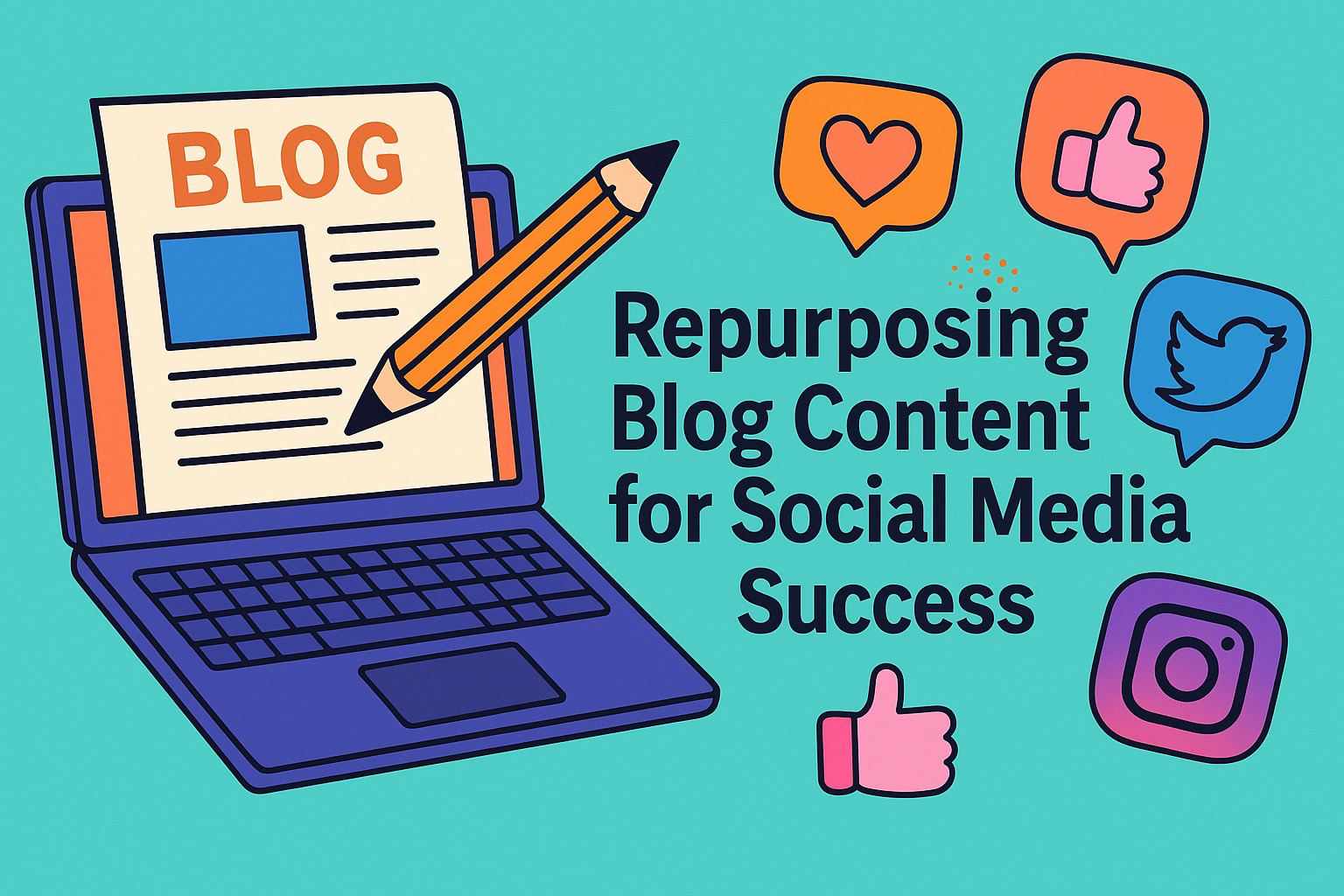





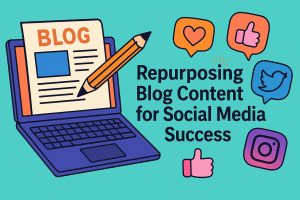


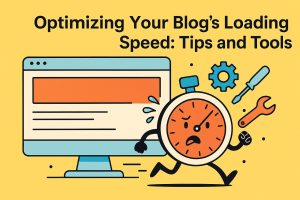
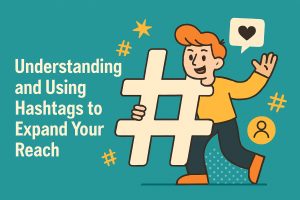
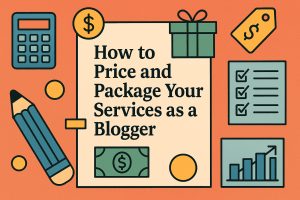
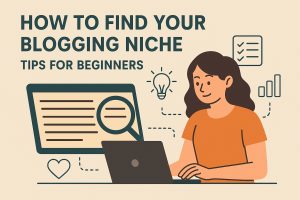
Post Comment